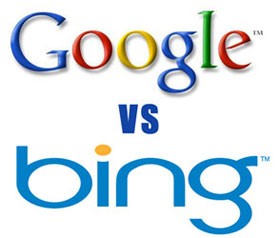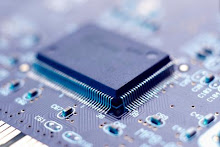
Google has lifted the lid on its updated search engine, which developers have nicknamed "Caffeine".
Although still in the testing phase, the firm says it is the "first step in improving the speed, accuracy and comprehensiveness of search results".
The new engine will replace Google's current one after tests are complete.
Martin McNulty of search marketing specialist Trafficbroker said the upgrade threatened to put Microsoft's new engine, Bing, "in the shade".
"Google have let Caffeine quietly slip out. It talked about vertical specific searches while quietly doubling the speed and starts introducing real-time results and news feeds," he said.
"Bing was launched with a massive media budget.
"Trouble is, Bing presents itself as an alternative to something that users are still - for now - happy with," he added.
Virtual monopoly
Google is still the dominant search engine. According to market research firm Hitwise, Google accounted for more than 87% of the UK search market in 2008.
However, in recent months, the search engine market has got a little busier. As well as Microsoft's Bing.com - which saw a tie-up between Microsoft and Yahoo - the "computational knowledge engine" Wolfram Alpha and a revamped Ask Jeeves have also entered the fray.
Google is also facing competition from Facebook, which has just acquired FriendFeed, praised for its "real-time" search engine.
This type of search is valuable because it lets you know what is happening right now on any given subject.
Back in May, Google founder Larry Page admitted that the search giant had fallen behind other services like that of Twitter, which boasts nearly 45 million users worldwide.
Fresher content
Google's head of Webspam, Matt Cutts, denied that Caffeine was launched in response to competitive search engines.
"I love competition in search and want lots of it, but this change has been in the works for months," he wrote in his blog.
"I think the best way for Google to do well in search is to continue what we've done for the last decade or so: focus relentlessly on pushing our search quality forward. Nobody cares more about search than Google, and I don't think we'll ever stop trying to improve."
Alex Watson, editor of Custom PC magazine, said Caffeine was reflecting a general trend to what he calls "the real-time web".
"Caffeine now picks up news stories and puts fresher content higher up the search results," he said.
"That said, it's likely that most people won't notice the change. It still looks the same, it's the algorithms that have changed.
"However, it is now doing things that would never be possible a few years ago and knowing Google, this would have been in the works for some time."
by: bbc






